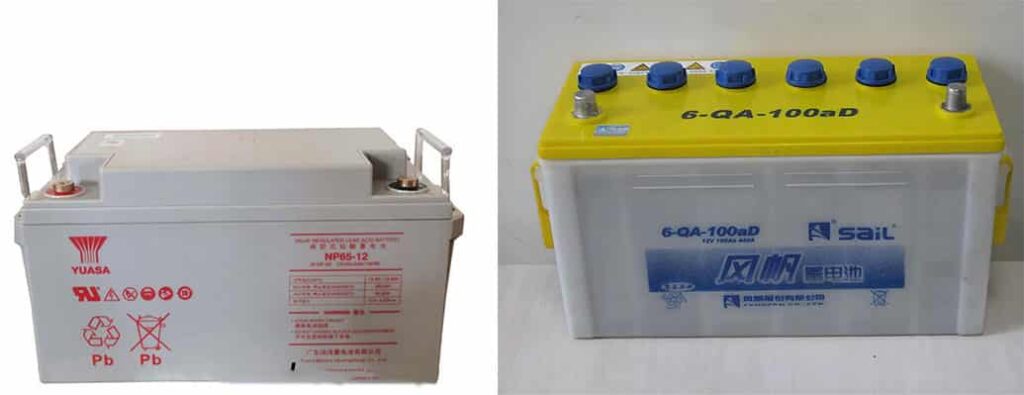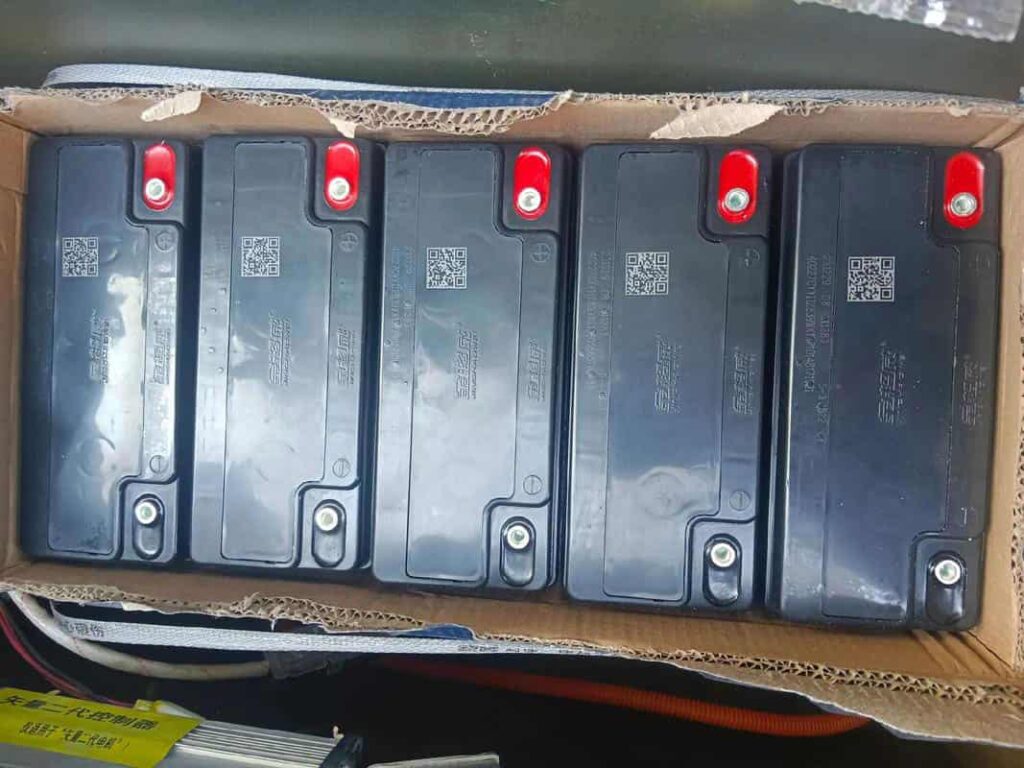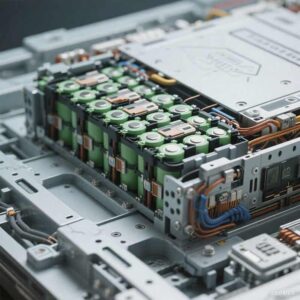Q Runner Scooter Lead Acid Battery Maintenance and Monitoring: A Complete Guide
Lead acid batteries remain one of the most reliable and cost-effective energy storage solutions for automotive, marine, solar, and backup power applications. However, their performance and lifespan depend heavily on proper maintenance and monitoring. This comprehensive guide will help you maximize your battery’s life, ensure optimal performance, and avoid costly replacements.
Types of Lead Acid Batteries
Flooded Lead Acid Batteries: Traditional wet cell batteries requiring regular water additions and ventilation. They offer the longest lifespan when properly maintained but require more attention.
Sealed Lead Acid (SLA) Batteries: Including Absorbent Glass Mat (AGM) and Gel batteries, these are maintenance-free but have specific charging requirements and shorter lifespans.

Essential Maintenance Procedures
1. Regular Visual Inspection
Perform monthly visual inspections to catch problems early. Look for:
- Corrosion: White, blue, or green deposits around terminals indicate corrosion that reduces conductivity
- Cracks: Check the battery case for stress cracks that could leak electrolyte
- Swelling: Bulging cases indicate overcharging or internal damage
- Loose connections: Ensure terminals are tight and secure
2. Terminal Cleaning and Protection
Clean terminals every 3-6 months using a mixture of baking soda and water. After cleaning and drying, apply petroleum jelly or commercial terminal protectant to prevent future corrosion.
Step-by-step cleaning process:
- Disconnect negative terminal first, then positive
- Mix baking soda with water to create a paste
- Scrub terminals with an old toothbrush
- Rinse with clean water and dry thoroughly
- Reconnect positive terminal first, then negative
- Apply protectant to both terminals
3. Electrolyte Level Management (Flooded Batteries)
Check electrolyte levels monthly, especially in hot weather or heavy-use applications. The electrolyte should cover the plates by approximately 1/4 inch but remain below the fill cap.
Important safety notes:
- Always wear safety glasses and gloves
- Add only distilled water, never tap water
- Check levels when battery is cool
- Don’t overfill as electrolyte expands when heated
Monitoring Techniques and Tools
1. Voltage Testing
Regular voltage testing reveals battery condition and charging system health. Use a digital multimeter for accurate readings.
Key voltage readings:
- Resting voltage: 12.6V+ indicates full charge (12V system)
- Load voltage: Should remain above 10.5V under load
- Charging voltage: 13.8-14.4V during charging
2. Specific Gravity Testing
For flooded batteries, specific gravity testing provides the most accurate assessment of charge level and individual cell condition.
Specific gravity ranges:
- Fully charged: 1.265-1.280
- 75% charged: 1.225-1.235
- 50% charged: 1.190-1.200
- 25% charged: 1.155-1.165
- Discharged: Below 1.120
3. Load Testing
Load testing determines a battery’s ability to deliver current under stress. This test should be performed annually or when problems are suspected.
Professional load testers apply a calibrated load while monitoring voltage drop. A healthy battery should maintain adequate voltage throughout the test period.
Charging Best Practices
1. Proper Charging Voltage
Different battery types require specific charging voltages:
- Flooded batteries: 14.4-14.8V
- AGM batteries: 14.1-14.4V
- Gel batteries: 13.8-14.2V
2. Charging Stages
Modern smart chargers use multi-stage charging:
Bulk Stage: High current charging until battery reaches approximately 80% capacity Absorption Stage: Constant voltage charging to reach 100% capacity Float Stage: Maintenance charging to prevent self-discharge
3. Temperature Compensation
Battery charging efficiency varies with temperature. Cold batteries require higher charging voltages, while hot batteries need lower voltages to prevent overcharging.
Troubleshooting Common Issues
1. Sulfation
Sulfation occurs when lead sulfate crystals harden on the plates, reducing capacity. This happens when batteries remain discharged for extended periods.
Prevention strategies:
- Avoid deep discharges below 50% capacity
- Recharge promptly after use
- Use maintenance chargers for stored batteries
- Consider desulfation chargers for recovery
2. Overcharging Effects
Overcharging causes water loss, plate corrosion, and shortened battery life. Signs include:
- Excessive gassing
- High water consumption
- Swollen battery case
- Reduced capacity
3. Undercharging Problems
Chronic undercharging leads to sulfation and stratification. Symptoms include:
- Reduced runtime
- Difficulty starting engines
- Voltage drop under load
- Uneven specific gravity readings
Storage and Seasonal Maintenance
1. Long-term Storage
When storing batteries for extended periods:
- Clean terminals and apply protectant
- Fully charge before storage
- Store in cool, dry location
- Use maintenance chargers or charge monthly
- Check specific gravity quarterly
2. Seasonal Considerations
Winter preparation:
- Ensure full charge (discharged batteries can freeze)
- Check electrolyte levels
- Test charging system
- Consider battery warmers in extreme cold
Summer maintenance:
- Monitor water levels more frequently
- Ensure adequate ventilation
- Check for overcharging
- Clean terminals regularly
Safety Considerations
1. Personal Protection
Always wear safety equipment when working with batteries:
- Safety glasses or face shield
- Acid-resistant gloves
- Protective clothing
- Work in well-ventilated areas
2. Hydrogen Gas Hazards
Lead acid batteries produce hydrogen gas during charging, which is highly explosive. Ensure adequate ventilation and avoid sparks or flames near batteries.
3. Acid Exposure
Battery acid is highly corrosive. Keep baking soda nearby to neutralize spills, and flush any skin contact with copious amounts of water.
When to Replace Your Battery
1. Performance Indicators
Replace batteries when:
- Capacity drops below 80% of original rating
- Voltage drops significantly under load
- Specific gravity readings are consistently low
- Physical damage is present
- Age exceeds manufacturer recommendations
2. Economic Considerations
Consider replacement costs versus continued maintenance. Sometimes investing in a new battery is more economical than attempting to revive an old one.
Conclusion
Proper lead acid battery maintenance and monitoring significantly extends battery life and ensures reliable performance. Regular inspection, appropriate charging, and prompt attention to problems prevent costly failures and maximize your investment.
Remember that different battery types have varying maintenance requirements. Always consult manufacturer specifications and follow safety procedures. With consistent care and monitoring, lead acid batteries can provide years of dependable service.
By following these guidelines and maintaining a regular maintenance schedule, you’ll ensure your lead acid batteries operate at peak efficiency throughout their service life. The time invested in proper maintenance pays dividends in reliability, performance, and longevity.
For more technical support and product recommendations, consult with battery professionals or authorized dealers in your area.






